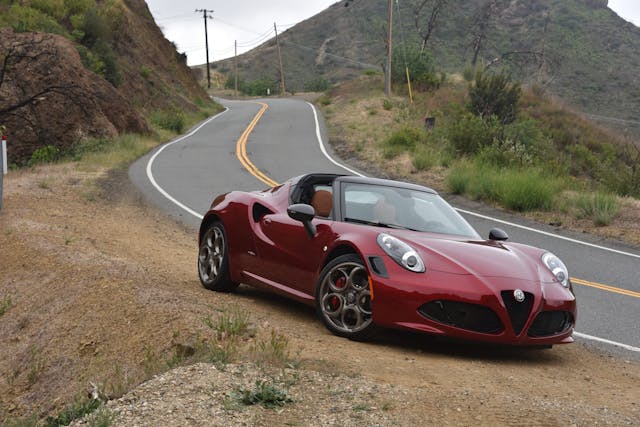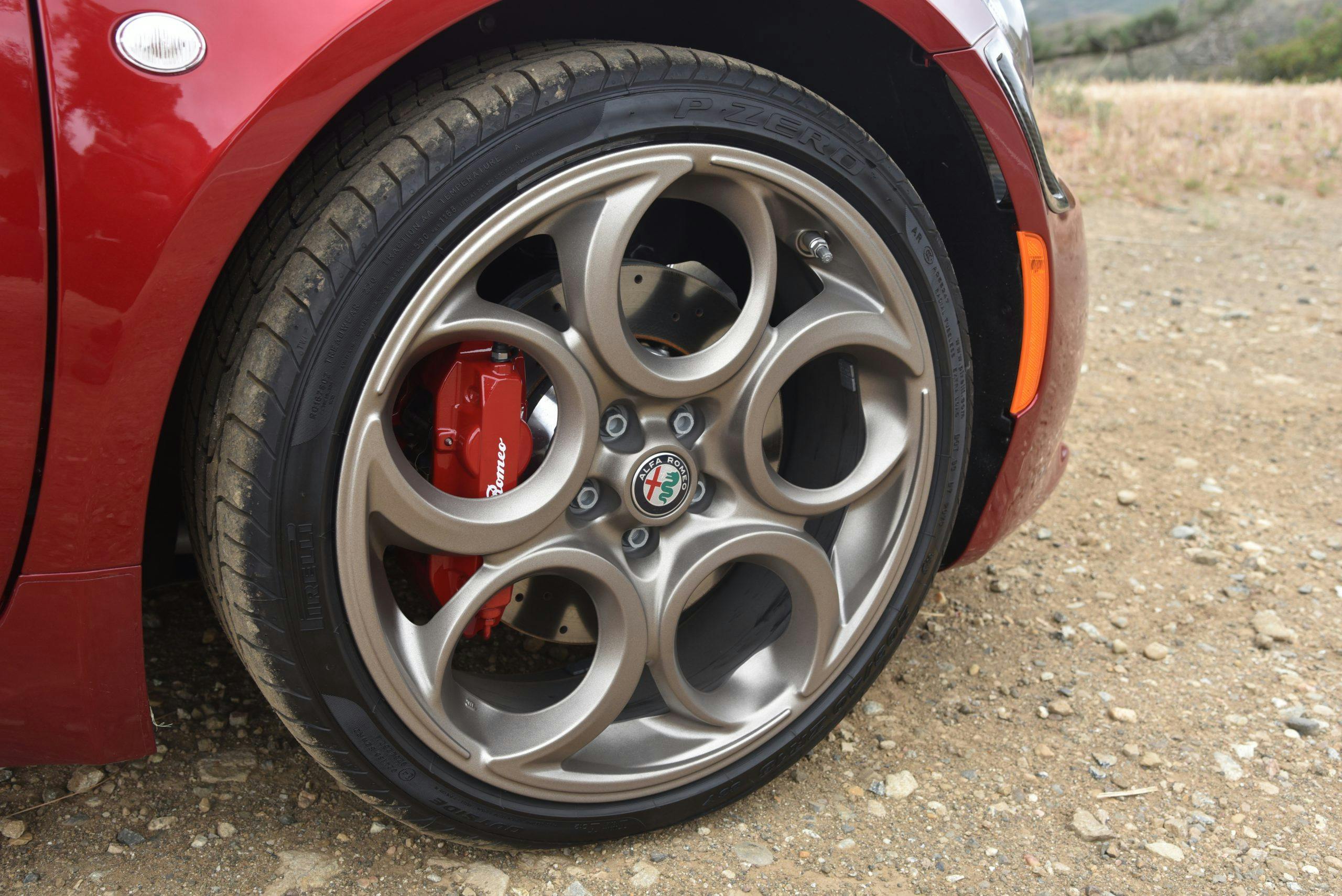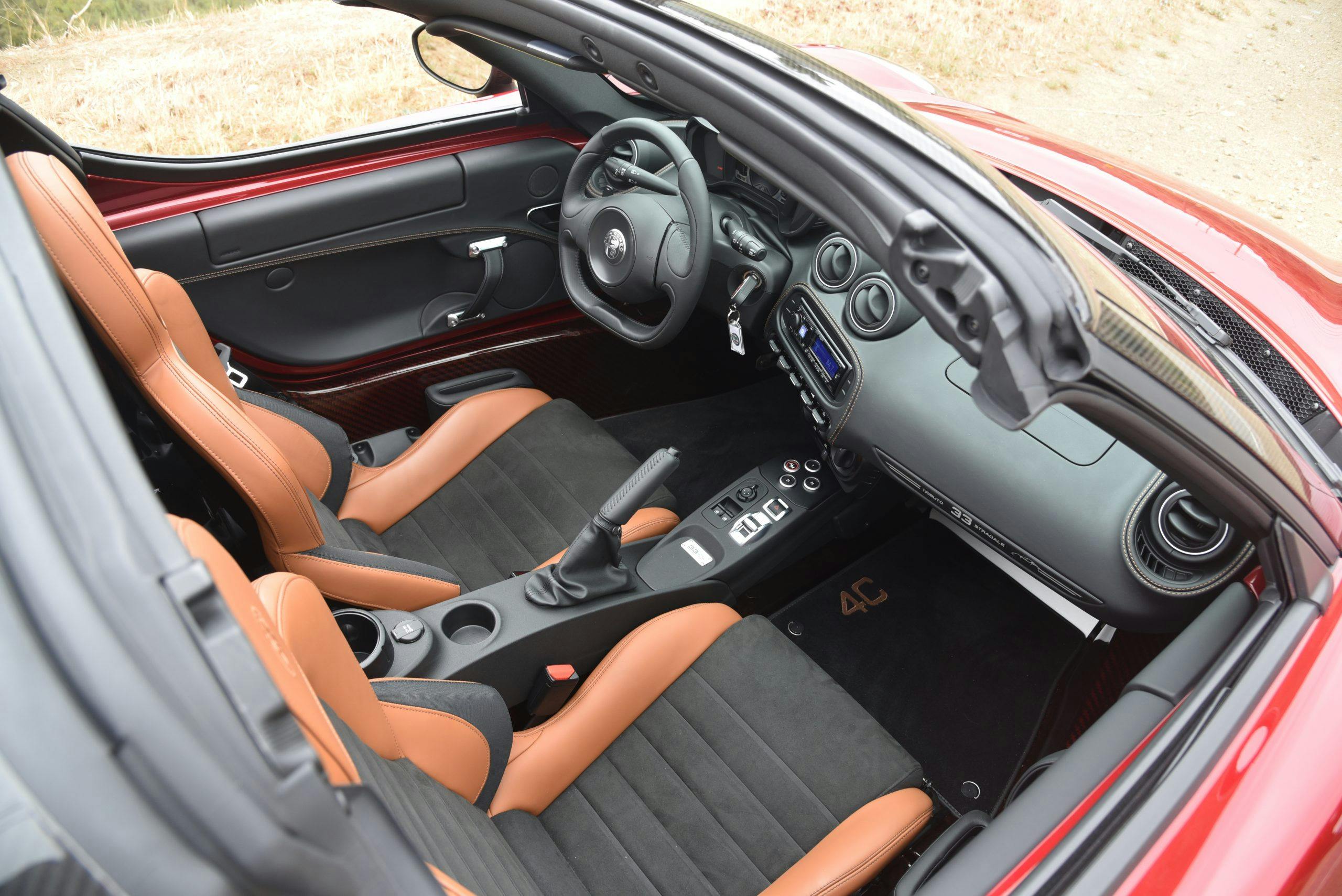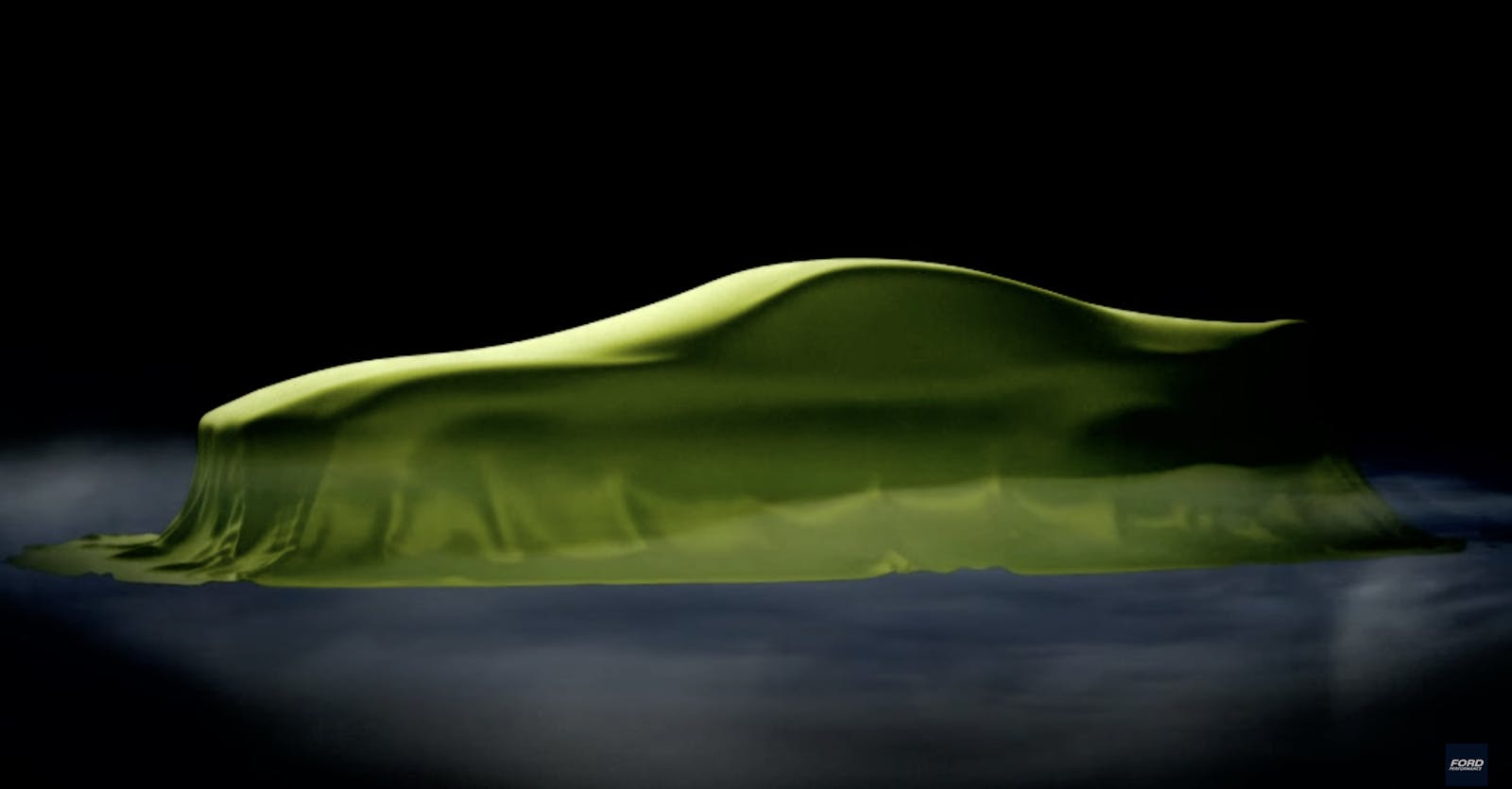As Alfa Romeo bids farewell to the 4C, the product pipeline needs filling
If you don’t see many Alfa Romeos on your daily commute, that’s because the brand only sold about 17,000 vehicles in the U.S. last year, roughly the same as rival BMW sells every 20 days. Fixing that problem is the job of industry veteran Larry Dominique, who two months ago was given the reigns of Alfa Romeo North America after spending the past four years working on a stillborn plan to reintroduce Peugeot to the U.S. Dominique’s first priority: introduce more Alfa Romeo models.
“There are multiple challenges [with Alfa Romeo],” says Dominique, “but number one is we need to rebuild our product portfolio. A brand surrounded by two great products and an outgoing product is not enough.” The two great products he’s referring to are the Guilia sedan, starting at $39,750 before delivery, and the Stelvio crossover, starting at $41,750.

The outgoing product he mentions is the mid-engine 4C Spider, which departs in 2021 as the final limited-edition 33 Stradale Tributo model. Just 33 copies of this $79,995 (before destination) 4C will come to the U.S. this year. The name honors the slinky Franco Scaglione-designed 1967 Alfa 33 Stradale road car built to homologate the Tipo 33 race car, a kind of Italian Ford GT40. With the 4C, Alfa never fully conquered the steering problem, meaning the unboosted steering (of which they were quite proud) managed to remain both heavy and a bit numb for what was supposed to be a hugely involving sports car. But in all other respects the 4C matured, with a better cockpit, more sorted chassis dynamics, and livelier throttle response.
The 33 Stradale Tributo is essentially an equipment package with some distinct visual flair, so the driving experience is standard 4C fare. It carves up corners like mini Ferrari it was meant to be, the turbo four-cylinder a wheezing, popping thrill-maker that appeals most to those of us who grew up on 1980s Group B turbo rally cars. The engine is one aspect of the 4C’s relentless quirkiness and the car, though it sold in tiny numbers and never really became a serious Porsche Boxster alternative, will and should be missed.
What comes next? Dominique, a 22-year veteran of Nissan who started his industry career in 1984 as an electrical engineer at GM, will only say more crossovers initially. It begins next year with the plug-in hybrid Alfa Romeo Tonale, a front- or all-wheel-drive compact five-door crossover that looks to be about the same size as a Mazda CX-30. When it debuts in Europe in early 2022 and the U.S. “sometime after that,” it will be Alfa’s first compact crossover as well as the brand’s first plug-in hybrid, built on a platform shared with other brands in the Stellantis constellation.
After that, Dominique says he would like to bring in a crossover above the Stelvio because, let’s face it, the market in the entry level luxury segment is all about crossovers. “We may joke and laugh at that, but SUVs are the trend. We have a single SUV now [Stelvio]. You might call it a big C [size] or even a small D, but we need to bookend that product” with larger and smaller crossovers. Meanwhile, the sedan market may be declining at lower price points, “but it is still important in premium brands,” says Dominique, “so keeping Giulia strong is very important.”

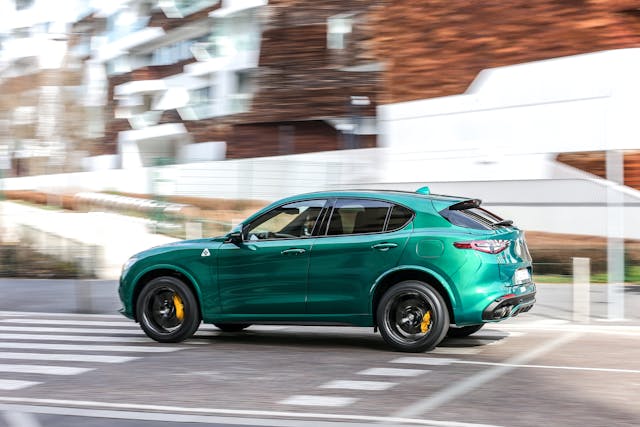
An Alfa-branded sports car to replace the 4C is, at this moment, a distant dream. The closest the company may come is bringing over the Euro market Alfa Romeo GTA, a 540-hp version of the 505-hp Giulia Quadrifoglio sedan. In its wildest form, the GTAm, the car has only two carbon-fiber bucket seats and decklid wing that resembles the Gateway Arch in St. Louis. Says Dominique: “We’re exploring it right now. There’s no confirmation, these are just things I want to study.”
One thing is certain: the Giorgio platform underpinning the Giulia and Stelvio will be short-lived; Stellantis, the byproduct of the January, 2021 merger of France’s Groupe PSA and Fiat-Chrysler Automobiles, is developing new multi-energy platforms that can run as internal-combustion, hybrid, or pure electric. “It’s a very complex platform,” says Dominique. “It’s a great platform but high cost and relatively low volume. The economies of scale of that platform are not great.”
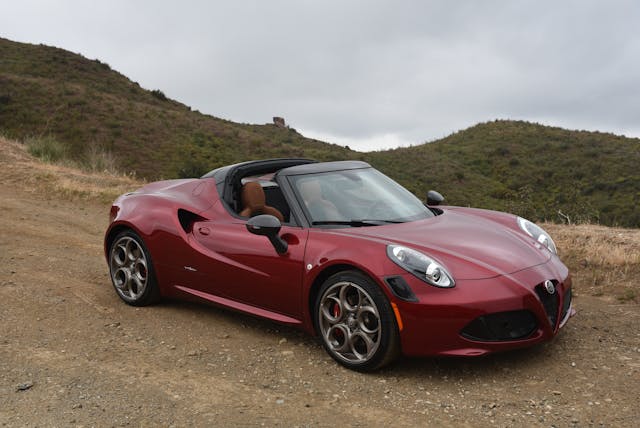
Distribution and quality have been millstones around Alfa’s neck since it returned to the U.S. with the 2013 launch of the 4C. Dominique knows Alfa buyers aren’t getting the same experience in the brand’s 141 U.S. dealers that they are getting in the showrooms of BMW, Mercedes, Lexus, or Genesis. Thus, part of his task is improving the customer experience with perks like concierge drop-off and pick-up service, while also raising the quality of the vehicles. One way to accomplish the latter is by reducing the number of options and packages and making more options standard equipment.
“I really don’t need 13 colors, 6 wheels, and four different caliper colors,” he says, but he does want to ensure that four grades of trim, from base to Veloce, Ti Sport, and Quadrifoglio, are visually different. Making sure the Italian-made cars are suitable to North American buyers is also important, such as by putting the power window switches in the right location or engineering the doors to open just a few degrees more than what is typical in parking-constrained Europe. “The good news is I’m 40 percent of Alfa’s global volume,” meaning the U.S. should have some sway in how future Alfas get designed.
Dominique believes that Alfa’s rich history, with characters ranging from Juan Manuel Fangio to Dustin Hoffman, is an untapped resource. While a heritage parts program may not be coming immediately, he has tasked his marketing people with coming up with more ideas that leverage Alfa Romeo’s past. So watch for ads with some historic Alfa references. Meanwhile, the enthusiast passion for Alfa runs all out of proportion with its annual sales figures. The company’s North American Instagram site boasts 1 million followers, Dominique notes, “pretty strong for a brand that sells 17,000 units.”

